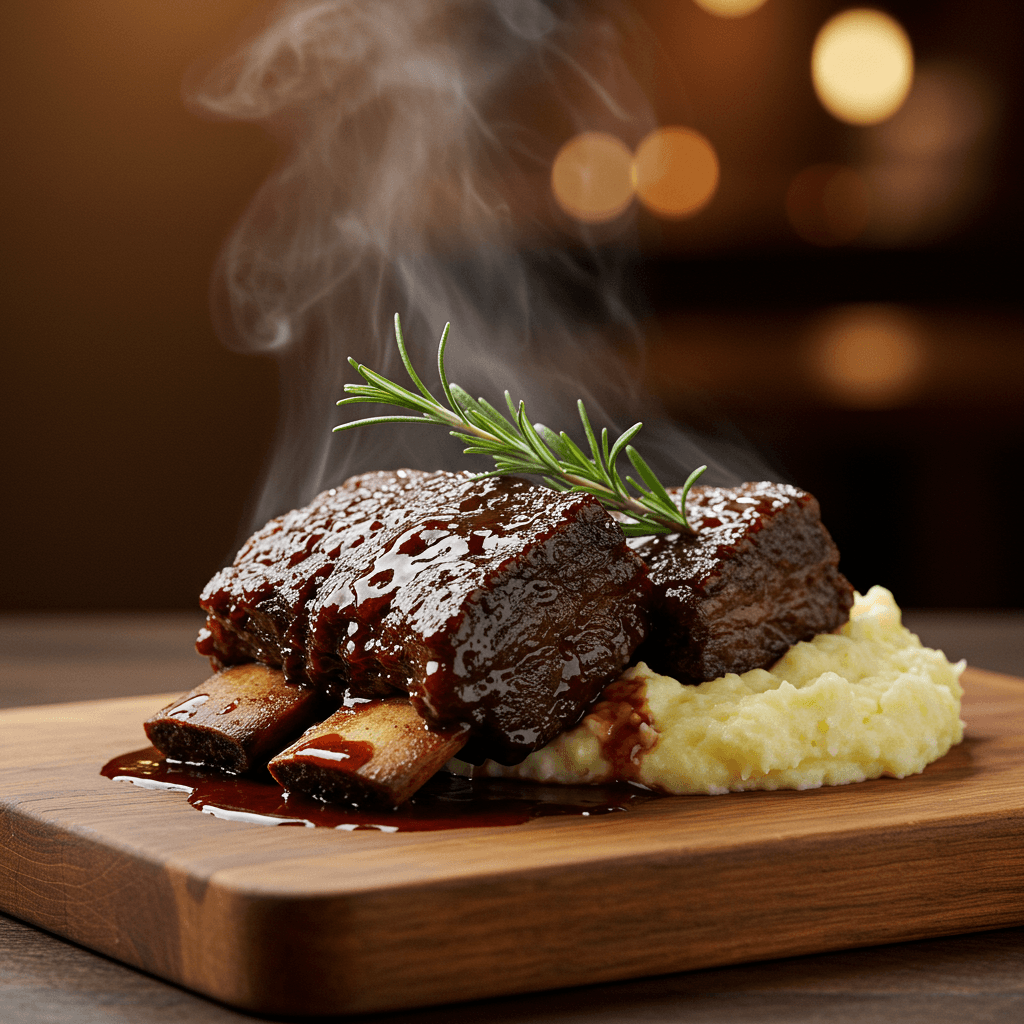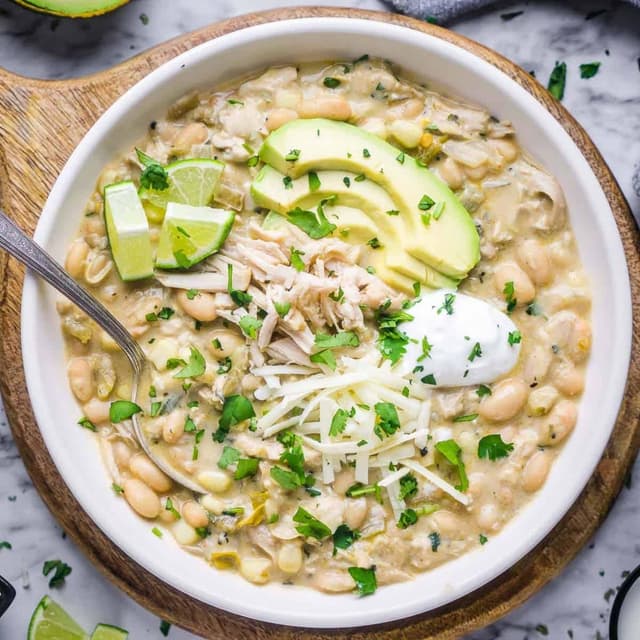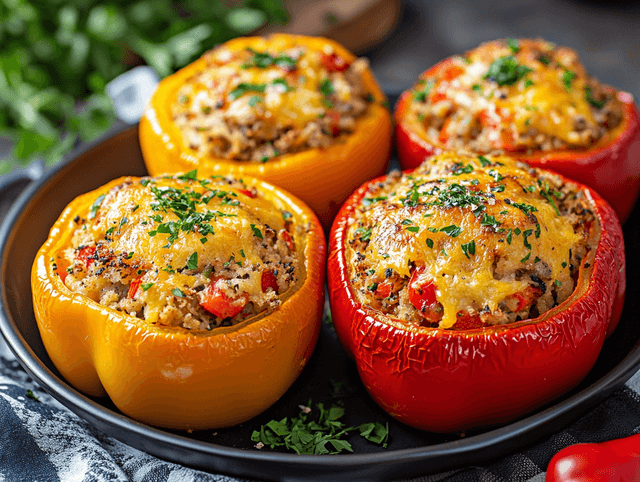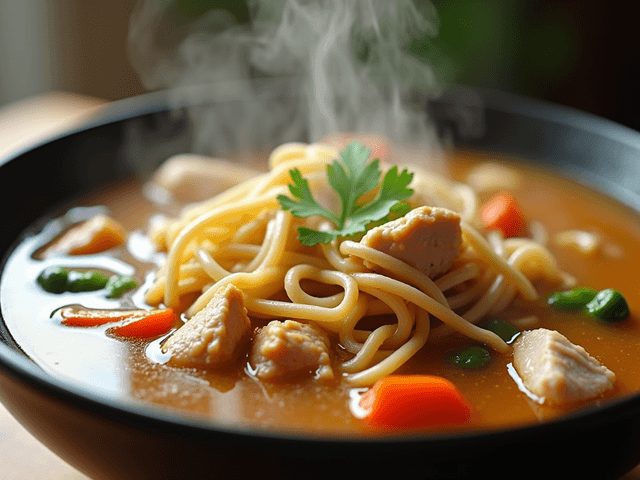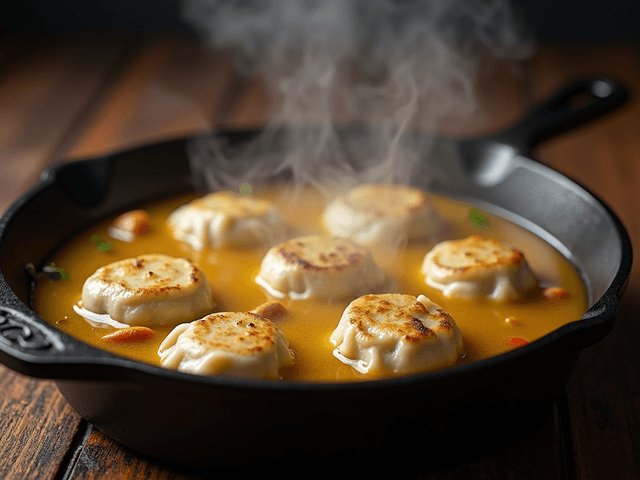The very mention of "braised short ribs" conjures images of cozy evenings, rich aromas, and plates piled high with incredibly tender, flavorful meat. It's a dish that transcends mere sustenance, offering a deeply satisfying experience for both the palate and the soul. Often considered a classic of comfort food, mastering fall-apart short ribs is not just about following a recipe; it's about embracing a culinary journey that rewards patience with unparalleled deliciousness.
The Comfort Food Factor: Why Short Ribs Reign Supreme
When the weather turns crisp or you simply crave a meal that wraps you in warmth, braised short ribs answer the call. Their inherent richness, combined with the slow-cooking process, transforms tough cuts into silken strands of beef that literally melt in your mouth. This isn't fast food; it's slow food at its finest, a testament to the magic that happens when time and heat work in harmony to create something truly extraordinary. It's the kind of dish that makes a house feel like a home.
Beyond the Recipe: An Experience for the Senses
Long before the first bite, braised short ribs engage all your senses. The sight of deeply browned, glistening meat; the intoxicating aroma of savory broth mingling with herbs and wine that fills your kitchen; the satisfying sizzle as they hit the hot pan. And then, the ultimate reward: the sensation of fork-tender meat yielding with almost no effort, followed by the complex explosion of flavors – umami, sweetness, a touch of acidity, all harmoniously blended. It's a truly immersive culinary experience.

Why Master This Classic Dish?
Beyond the sheer pleasure of eating them, learning to perfect braised short ribs offers tangible benefits for any home cook looking to elevate their kitchen prowess.
Impress Your Guests with Effortless Elegance
There's something inherently sophisticated about serving a perfectly braised short rib. It looks impressive, tastes gourmet, yet much of the work is done hands-off, leaving you free to enjoy your guests. It’s the ultimate make-ahead meal that only gets better with time, allowing for a stress-free entertaining experience that will leave a lasting impression. Your dinner parties will never be the same.
A Culinary Skill That Will Last a Lifetime
Braising is more than just a cooking method for short ribs; it's a fundamental culinary technique. By mastering the art of low and slow cooking with moist heat, you unlock the secret to transforming less expensive, tougher cuts of meat into succulent masterpieces. This skill is transferable to countless other dishes, from lamb shanks to pot roasts, ensuring that your investment in learning pays dividends in your kitchen for years to come.

Understanding the Braising Process: A Deep Dive
To truly unlock the secret of fall-apart short ribs, it's essential to understand the science and art behind the braising process.
The Science of Tenderness: Breaking Down Collagen and Connective Tissue
Short ribs, like many cuts from the forequarter of the cow, are rich in collagen and connective tissue. While this makes them tough when cooked quickly, it's precisely why they become so incredibly tender during long, slow braising. The prolonged exposure to low, moist heat gradually breaks down this collagen, turning it into gelatin. This gelatin then dissolves into the braising liquid, enriching it and coating the muscle fibers, resulting in that signature "fall-apart" texture and mouthfeel. It’s a magical transformation.
Choosing the Right Cut: Selecting Premium Short Ribs
The foundation of a great dish begins with great ingredients. For short ribs, you'll typically find two main cuts:
- English-style: These are cut across the bone, leaving a thick piece of meat on top of a single rib bone. They're ideal for braising as they hold their shape well.
- Flanken-style: These are cut across several bones, creating thinner strips with layers of meat and bone. While popular for grilling, they can also be braised.
For ultimate tenderness and flavor, opt for bone-in short ribs with good marbling (streaks of fat within the muscle). The bone adds flavor, and the fat ensures succulence.

The Importance of Aromatics: Building Layers of Flavor
Aromatics are the unsung heroes of braising, forming the aromatic backbone of your dish. Ingredients like onions, carrots, celery (the classic mirepoix), garlic, and fresh herbs (thyme, rosemary, bay leaves) are sautéed until fragrant. This step extracts their essential oils and deepens their flavors, creating a complex and savory foundation that infuses into the braising liquid and, ultimately, the meat itself. Don't skip this crucial step; it's where the magic truly begins.
Your Step-by-Step Guide to Short Rib Perfection
Ready to create your own culinary masterpiece? Follow these steps for truly fall-apart short ribs.
Searing the Short Ribs: Building a Flavor Foundation
This is perhaps the most critical step for flavor. Pat your short ribs thoroughly dry with paper towels. Season generously with salt and freshly ground black pepper. In a heavy-bottomed pot or Dutch oven, heat a high-smoke point oil (like canola or grapeseed) over medium-high heat until shimmering. Sear the short ribs in batches, ensuring not to overcrowd the pan, until deeply browned on all sides. This intense browning creates the Maillard reaction, developing a rich, complex flavor profile that forms the foundation of your entire dish. Remove seared ribs and set aside.
Crafting the Braising Liquid: A Symphony of Savory Notes
With the ribs seared, it's time to build your liquid. In the same pot (don't clean it – those browned bits are flavor!), sauté your aromatics until softened and fragrant. Deglaze the pan with red wine (or a non-alcoholic alternative like beef broth), scraping up all those delicious brown bits from the bottom. Stir in tomato paste, beef stock, a splash of Worcestershire sauce, and your chosen herbs. Bring the liquid to a simmer, allowing the flavors to meld. The quality of your braising liquid directly impacts the final taste of your short ribs, so choose wisely!

The Braising Process: Low and Slow to Culinary Gold
Return the seared short ribs to the pot, ensuring they are mostly submerged in the braising liquid. Bring the liquid back to a gentle simmer on the stovetop, then cover the pot tightly and transfer it to a preheated oven. The ideal temperature range is typically 300-325°F (150-160°C). Braise for 2.5 to 4 hours, or until the meat is incredibly fork-tender and practically falling off the bone. Check occasionally to ensure the liquid isn't evaporating too quickly and the ribs are still submerged. Patience is your most important ingredient here.
The Finishing Touch: Achieving That Exquisite Glaze
Once the ribs are tender, carefully remove them from the pot and set aside. Strain the braising liquid through a fine-mesh sieve into a clean saucepan, pressing on the solids to extract all their flavor. Discard the solids. Allow the liquid to sit for a few minutes, then skim off any excess fat from the surface. Bring the liquid to a simmer over medium heat and reduce it until it thickens into a rich, glossy sauce or gravy. Taste and adjust seasoning as needed. Return the short ribs to the reduced sauce, gently coating them. This creates that exquisite, restaurant-quality glaze that elevates the dish from great to unforgettable.

Pro Tips & Tricks for Braising Champions
Elevate your braising game with these expert insights.
Mastering the Art of Browning
Don't rush the sear! High heat and plenty of space are key. If you crowd the pan, the meat will steam rather than brown, missing out on crucial flavor development. Work in batches, allowing each piece to develop a deep, dark crust on all sides. This golden-brown exterior isn't just for looks; it's a concentrated layer of umami that will make your final dish sing.
Temperature Control: The Key to Consistent Results
A low, consistent oven temperature is paramount for successful braising. Too high, and the meat can become stringy or dry. Too low, and it will take forever to tenderize. Aim for that sweet spot of 300-325°F (150-160°C). A tight-fitting lid is also crucial to trap moisture and create that ideal steamy environment that breaks down collagen. Avoid peeking too often, as this releases heat and moisture.
The Importance of Patience: Braising is a Marathon, Not a Sprint
Braised dishes thrive on time. Resist the temptation to rush the process by turning up the heat. The magic of braising happens slowly, as collagen gently transforms into gelatin. This is not a weeknight sprint; it’s a weekend marathon that delivers incredible rewards. Plan ahead, enjoy the aromas filling your home, and trust the process. Your patience will be richly rewarded with unbelievably tender results.

Beyond the Basics: Exploring Creative Variations
Once you've mastered the classic, don't be afraid to experiment and make this dish your own!
Flavor Adventures: Global Influences on Your Braise
- Asian-Inspired: Introduce soy sauce, ginger, garlic, star anise, five-spice powder, and a touch of orange zest to your braising liquid. Finish with sesame oil and chopped scallions.
- Mexican-Inspired: Add chipotle peppers in adobo, cumin, coriander, a bay leaf, and even a square of dark chocolate to the sauce for a mole-like richness. Serve with warm tortillas and pickled red onions.
- Mediterranean Twist: Incorporate olives, sun-dried tomatoes, lemon zest, and dried oregano. A splash of ouzo or Pernod can add an intriguing anise note.
Side Dish Synergy: Perfect Pairings for Your Short Ribs
The richness of braised short ribs calls for sides that can either soak up the delicious sauce or provide a contrasting texture.
- Creamy: Mashed potatoes (classic!), creamy polenta, or parmesan risotto are perfect for catching every drop of that savory liquid.
- Hearty: Roasted root vegetables (carrots, parsnips), celeriac puree, or a root vegetable mash offer earthy sweetness.
- Fresh: A bright, crisp green salad with a vinaigrette can cut through the richness beautifully, offering a refreshing contrast.
Common Pitfalls to Avoid
Even seasoned cooks can stumble. Here's what to watch out for.
Overcooking: The Enemy of Tenderness
While short ribs are incredibly forgiving, overcooking can lead to meat that is mushy rather than fork-tender. While unlikely to dry out due to the moist heat, cooking for too long can break down the muscle fibers excessively. Aim for meat that shreds easily but still has some structure. Test for tenderness by gently prodding with a fork; it should offer very little resistance.
Neglecting the Sear: Sacrificing Depth of Flavor
Skipping or rushing the initial searing step is the biggest mistake you can make. Without that deep, dark crust from the Maillard reaction, your braised short ribs will lack a fundamental layer of complex, savory flavor. The finished dish will taste one-dimensional and less satisfying. Invest the time here; it truly makes all the difference.
Your Masterpiece Awaits: A Culinary Triumph
The Reward of Patience: Enjoying Your Perfect Braised Short Ribs
You’ve put in the time, applied the techniques, and trusted the process. Now comes the moment of truth: the unveiling of your perfectly braised short ribs. The aroma, the sight of the glistening glaze, and finally, that first melt-in-your-mouth bite. It’s a testament to the power of slow cooking, a dish that nourishes not just the body, but the spirit. Gather your loved ones, savor every tender morsel, and bask in the glow of a truly triumphant culinary creation. You've earned it!
Frequently Asked Questions
Q: How long should I braise my short ribs?
A: Typically, short ribs require 2.5 to 4 hours of braising in a 300-325°F (150-160°C) oven. The exact time depends on the size of your ribs and the consistency of your oven. They are done when they are incredibly fork-tender and can be easily shredded.
Q: Can I use a different type of meat?
A: Absolutely! The braising technique is versatile. Excellent alternatives include boneless beef chuck roast, lamb shanks, oxtail, or even pork shoulder. Adjust cooking times as needed, but the general principle remains the same.
Q: What are some good alternative braising liquids?
A: Beyond red wine and beef stock, you can experiment with dark beer (stout or porter), hard cider, chicken or vegetable broth, tomato juice, apple juice, or even coconut milk for an Asian-inspired twist. Just ensure the liquid provides enough acidity and flavor.
Q: How can I store leftovers?
A: Braised short ribs are fantastic as leftovers! Allow them to cool completely, then store in an airtight container with plenty of their sauce in the refrigerator for 3-4 days. They also freeze beautifully for up to 3 months. Thaw in the refrigerator overnight and gently reheat on the stovetop or in the oven.
